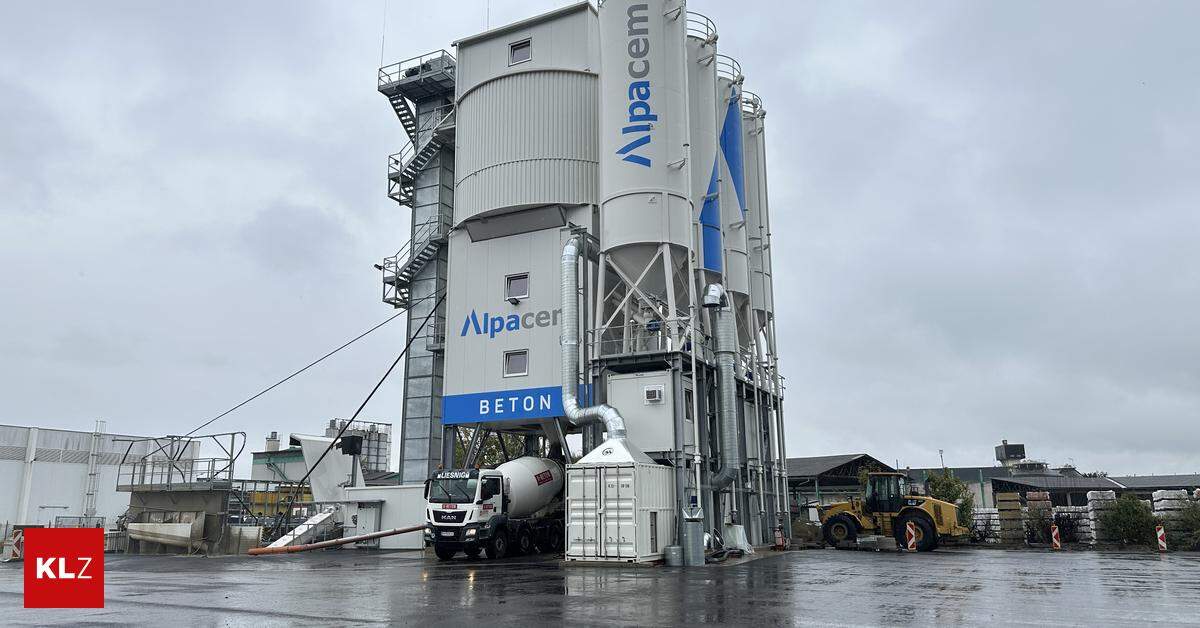Savings Scale for Space Veterans: NASA turned off one of the five active science instruments on the Voyager 2 spacecraft over the weekend. The US space agency said that because the current of the 47-year-old probe started low, the plasma sensor will likely be dispensed with. This measure is intended to ensure that the remaining four instruments on Voyager 2 can operate for a few years longer. But what does this mean for measurement data?
The Voyager probes are humanity's most remote active outposts – and a powerful miracle of technology: although they were launched into space in 1977, they still provide unique data and actually fly through interstellar space. However, its age is now being felt: NASA has had to find creative solutions to defects in the old on-board computer or maneuvering nozzles on several occasions.
The biggest problem is powering the astronauts: they get their power from a radioisotope thermoelectric generator (RTG), which is running out of its meager supply of plutonium: it loses about four watts of electrical power per year. In 2019, NASA imposed a radical savings program on the two landers, shutting down all non-essential systems and much of the heating. In April 2023, NASA also turned off the voltage fluctuation safety system so it could tap into its small power reserve.
Checkout the Plasma Science Instrument
But now, despite these measures, Voyager 2 has reached a critical point: the power supply is no longer sufficient for the five scientific instruments that are still operational. Therefore, NASA had to close one of them so that the rest could continue to operate. “We have been working to delay this as long as possible,” mission officials at NASA's Jet Propulsion Laboratory (JPL) said. But now this has become inevitable.
The Plasma Science Instrument (PLS) was chosen. On September 26, 2024, the ground team sent a command to turn off this measuring device to Voyager 2, 20.5 billion kilometers away — a distance that even radio waves traveling at the speed of light would take 19 hours to do. About a day and a half later, confirmation came that the spacecraft had carried out the command: now only four measuring instruments were active.
Only slight data loss
However, this hardly limits the scientific work of Voyager 2, NASA emphasizes. The PSR instrument was originally intended to measure solar wind particles. It therefore consists of three measuring paths aligned towards the Sun and a fourth collecting funnel located at right angles to them. “In 2018, this instrument was crucial in proving that Voyager 2 had exited the heliosphere,” NASA said. A sudden decrease in the solar wind indicates a move into interstellar space.
But when we reach interstellar space, the direction of the plasma flows changes, and the particles move toward the Sun instead of away from it. The three measuring paths directed toward the Sun point in the wrong direction and do not work. The fourth funnel is also in poor shape, having only provided useful data every three months, when Voyager 2 temporarily orbited once.
What's next?
Voyager 2 – just like its sister probe Voyager 1 – now has four active instruments: a cosmic ray sensor, a magnetometer, a low-energy charged particle detector, and a plasma wave subsystem (PWS). The latter uses two long antennas to measure the electron density in the surrounding space. In addition, Voyager probes can continue to detect plasma flows and turbulence, NASA confirms.
Thanks to energy-saving measures, the Voyager probes are expected to remain active and collecting scientific data until at least the 2030s – previous estimates were based on 2025 as the endpoint. If the two most remote active outposts on Earth run out of power, Voyager 1 and 2 will continue to fly — silent witnesses to our existence.
Source: NASA's Jet Propulsion Laboratory
October 2, 2024 – Nadia Podbrigar

“Total coffee aficionado. Travel buff. Music ninja. Bacon nerd. Beeraholic.”






More Stories
The hack could lead to energy-efficient computers
How was the moon formed? Researchers have a new theory
The list shows the healthiest fruits in the world